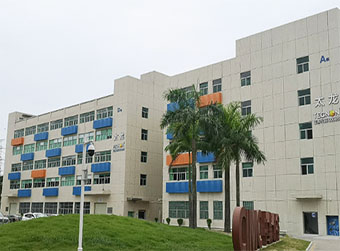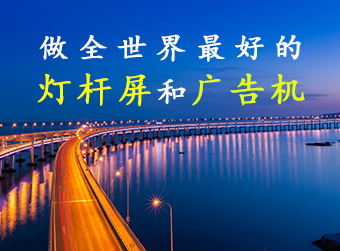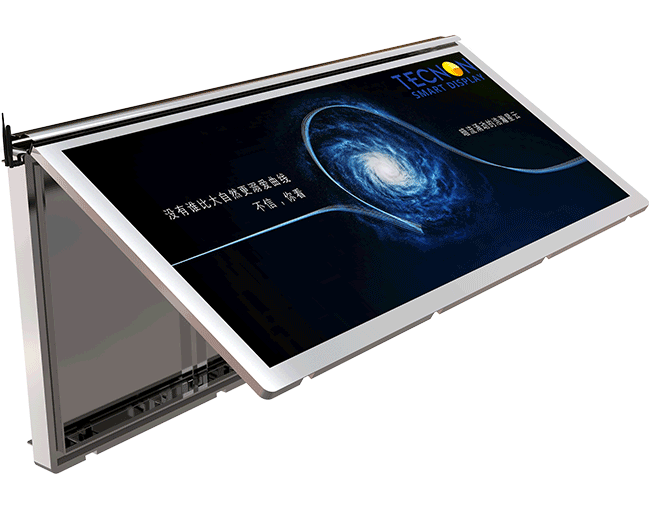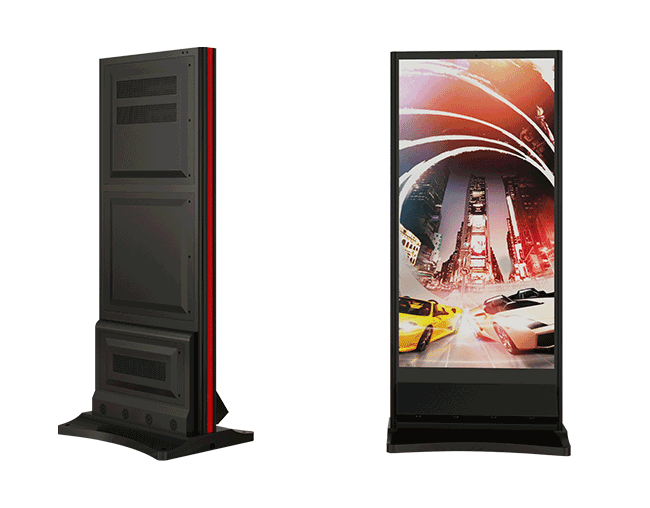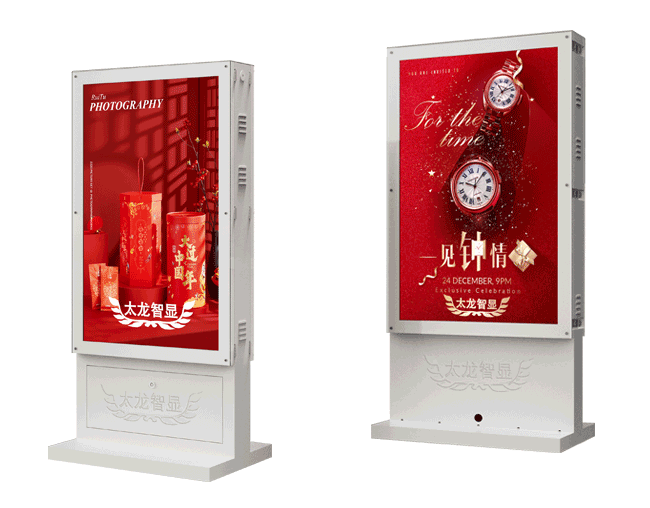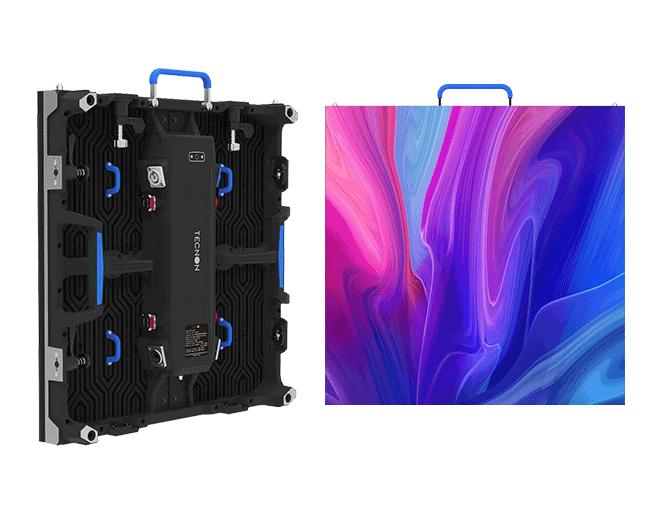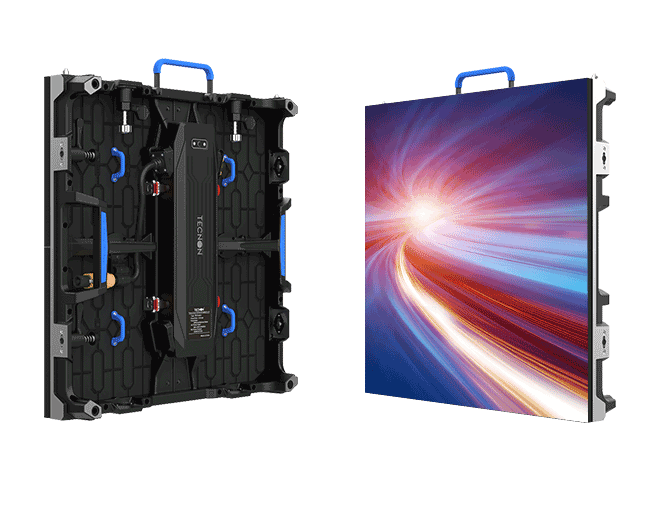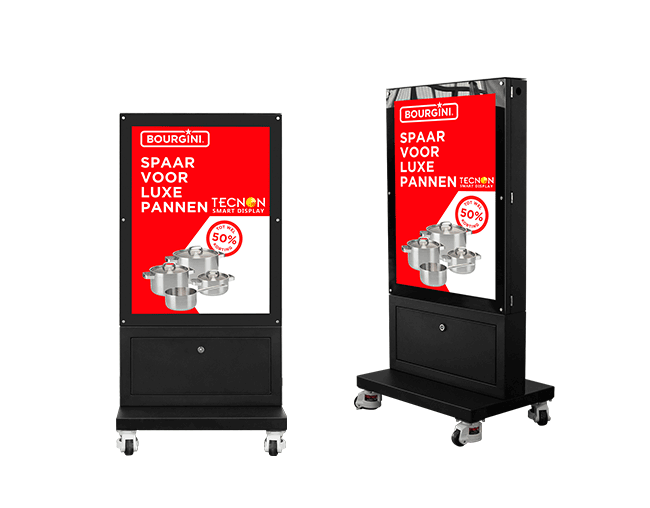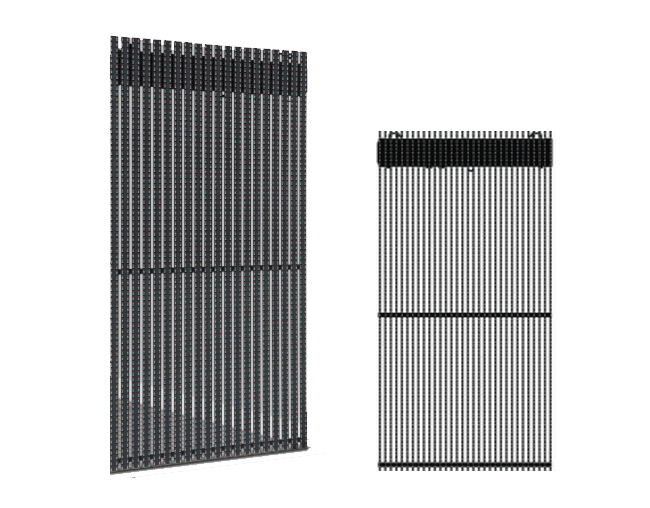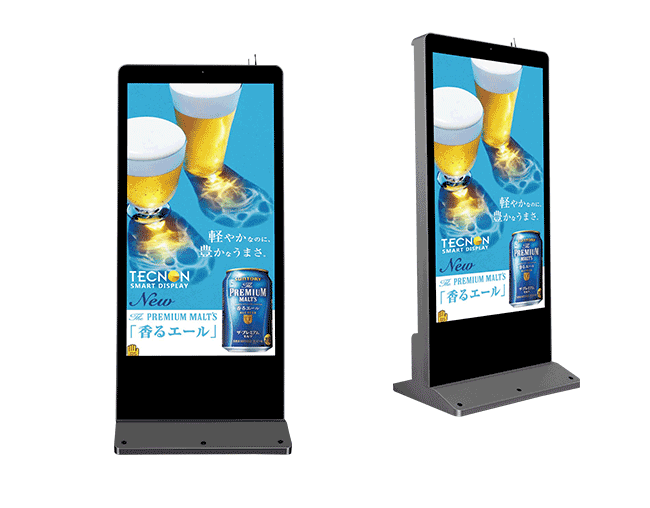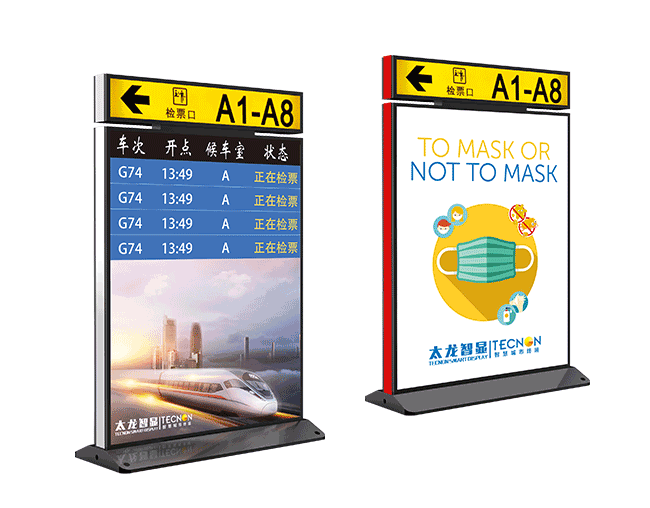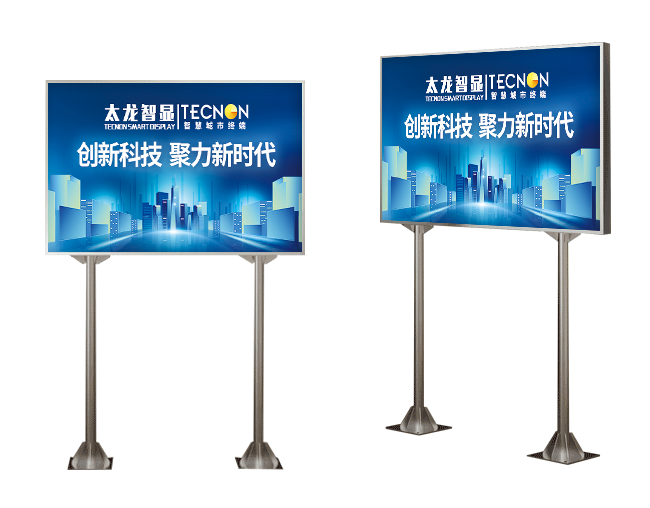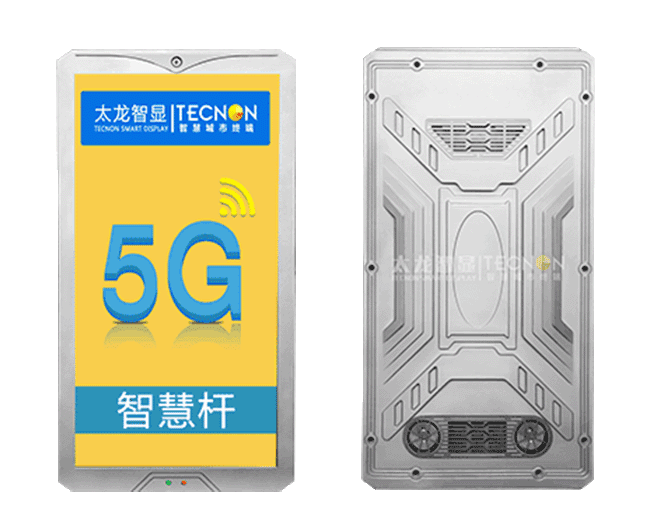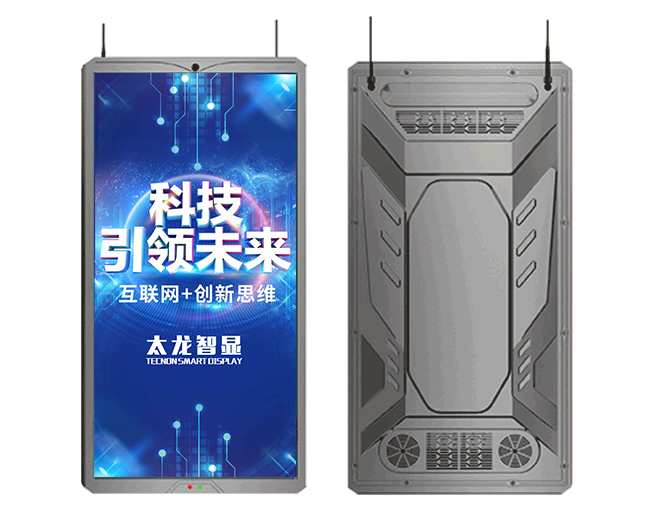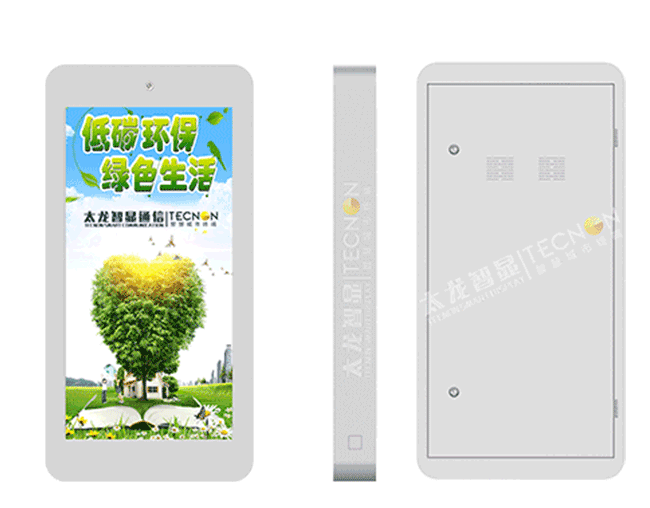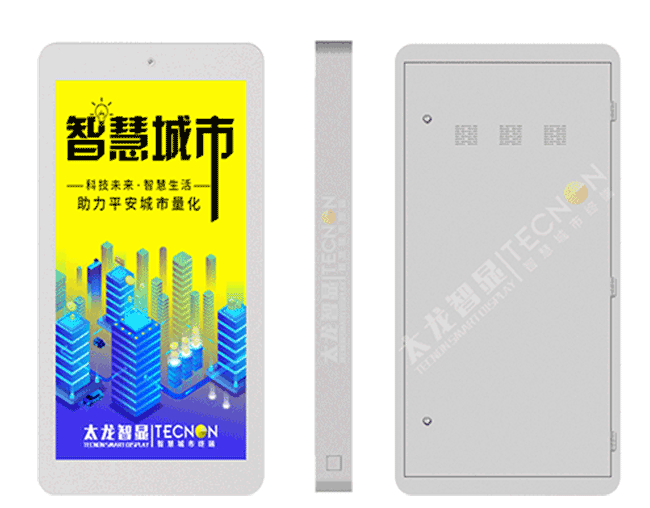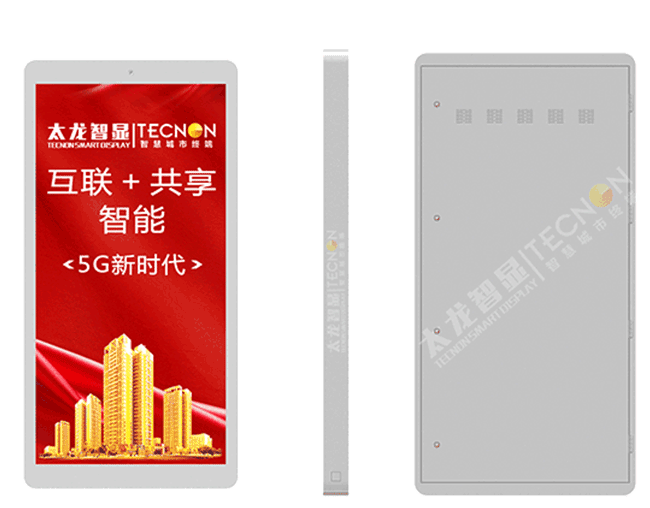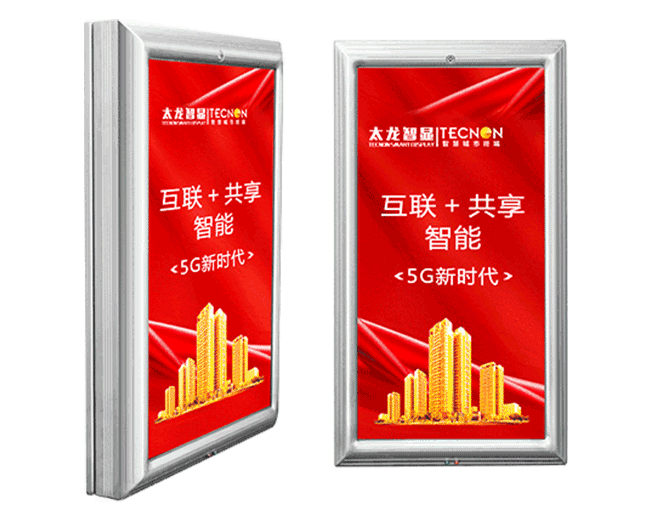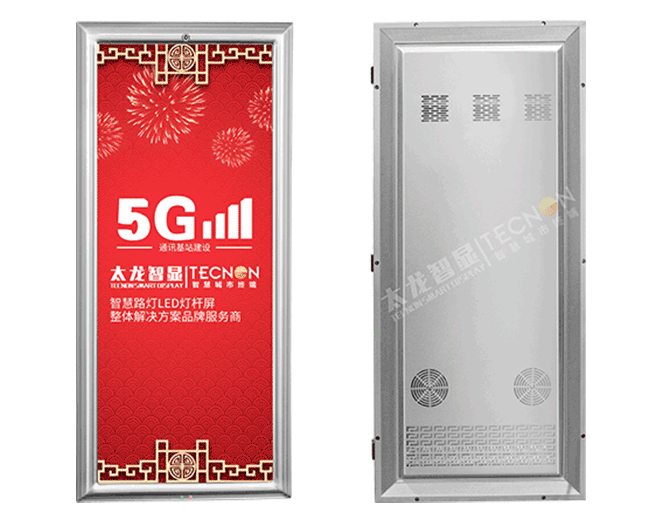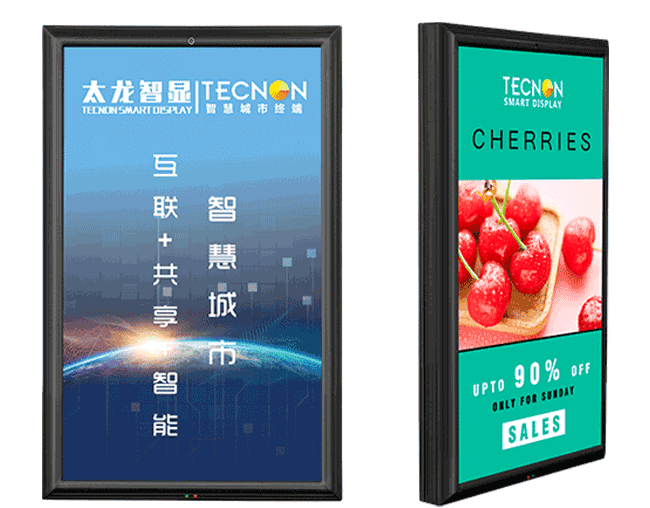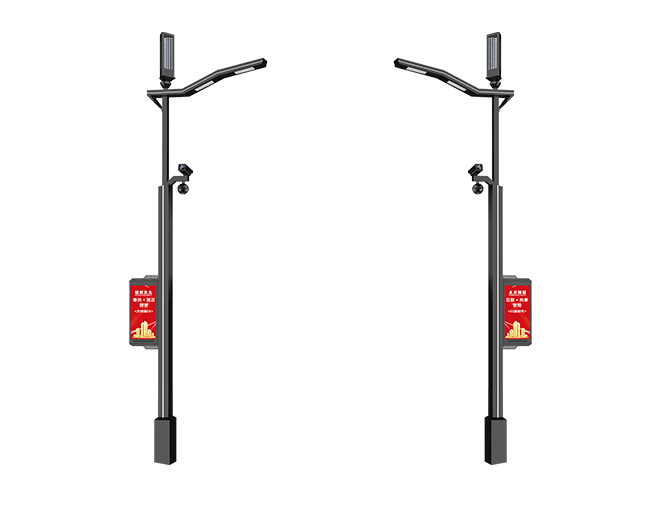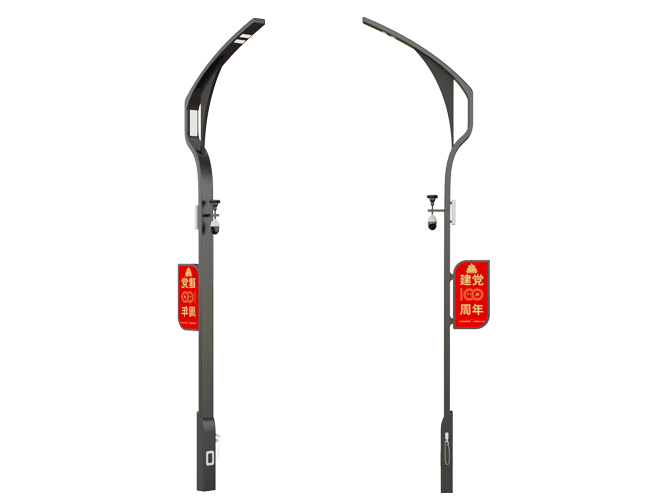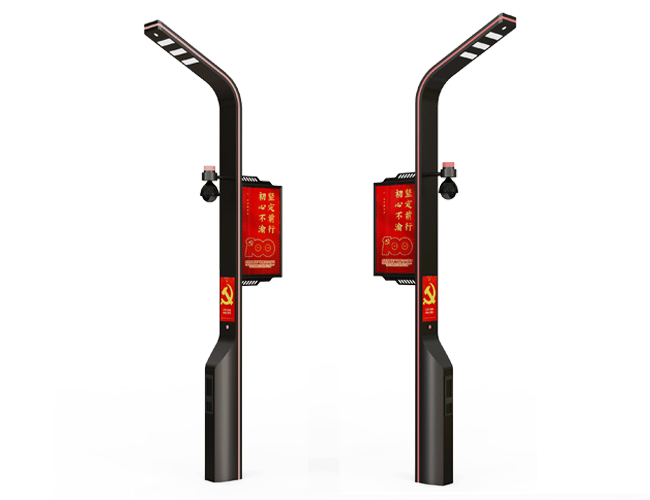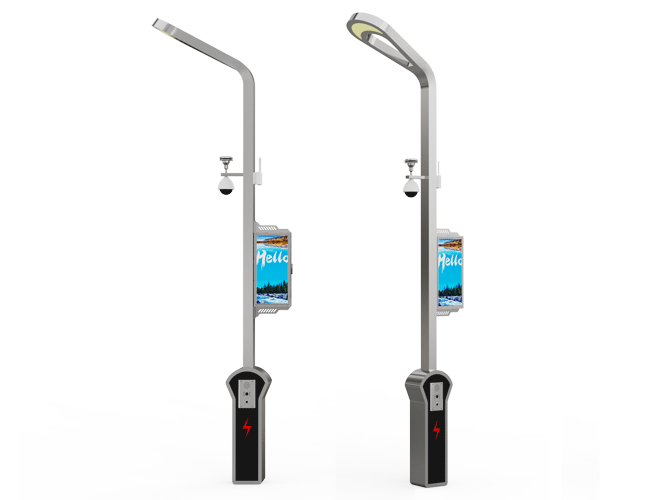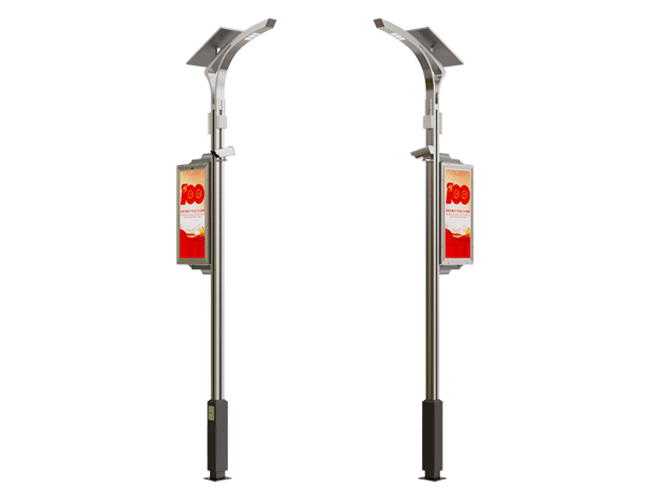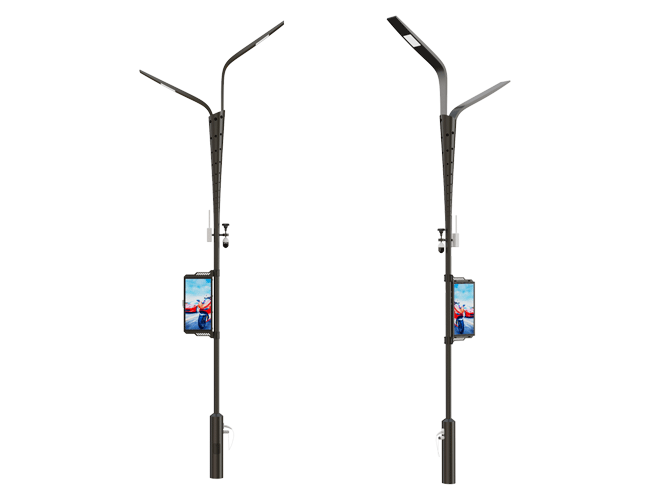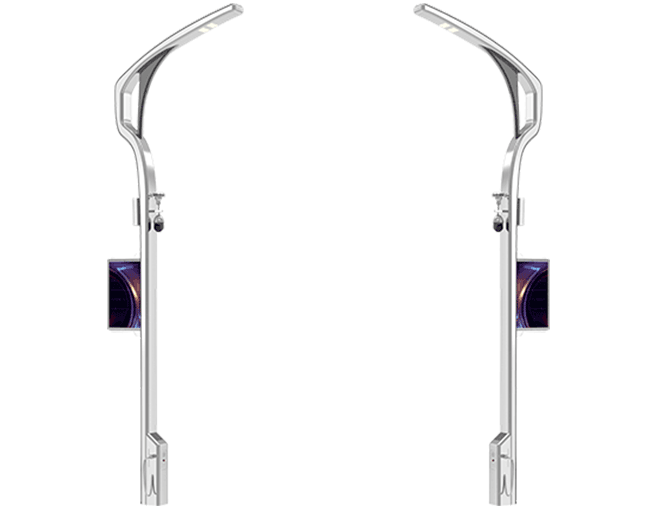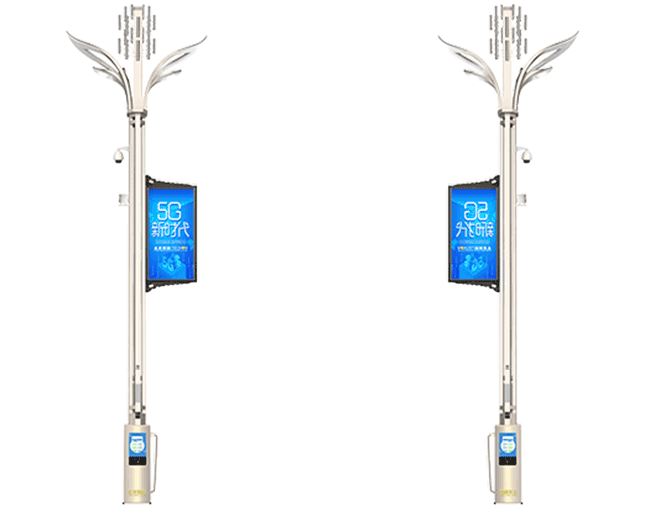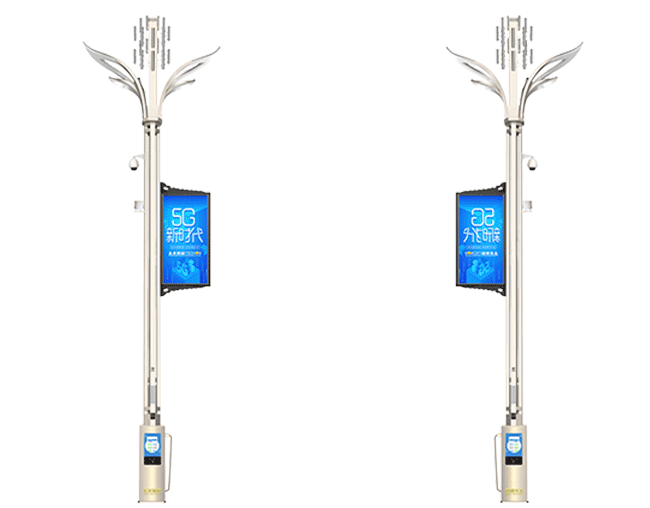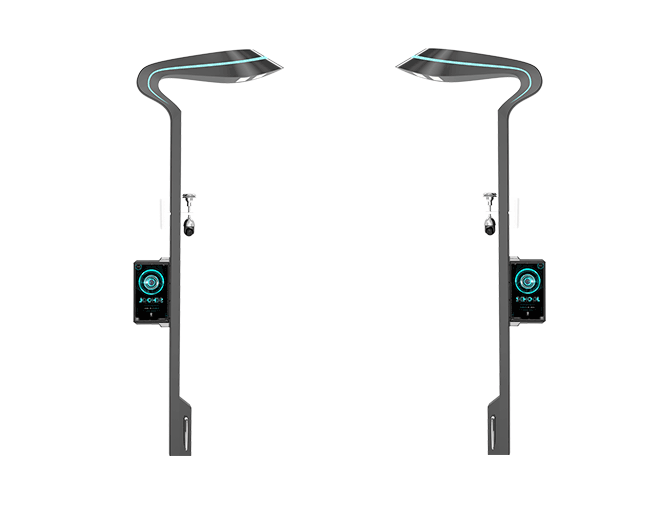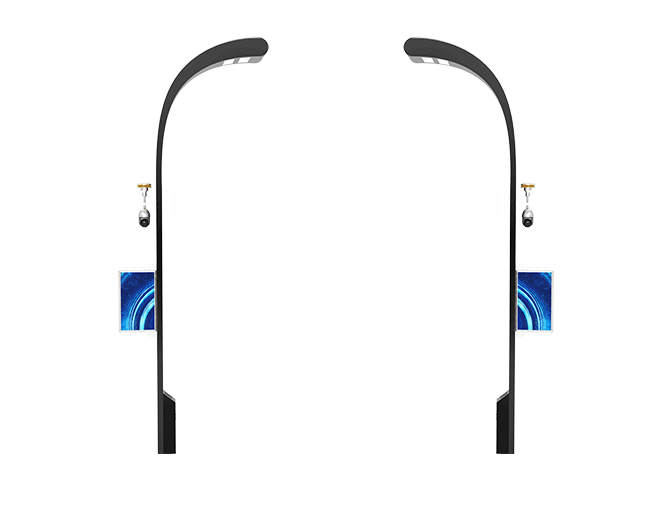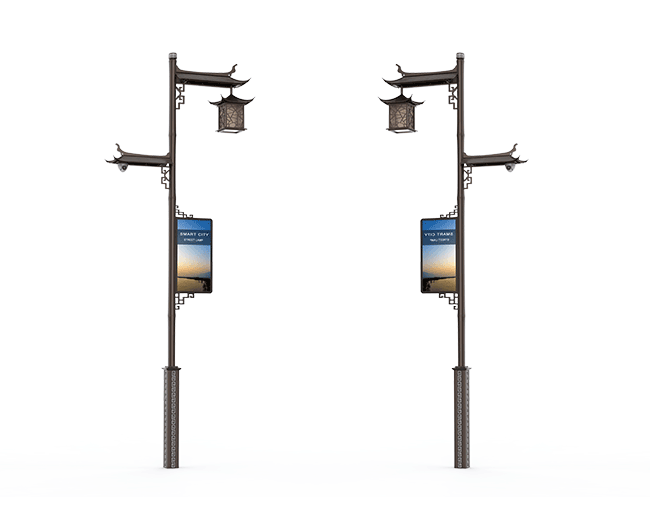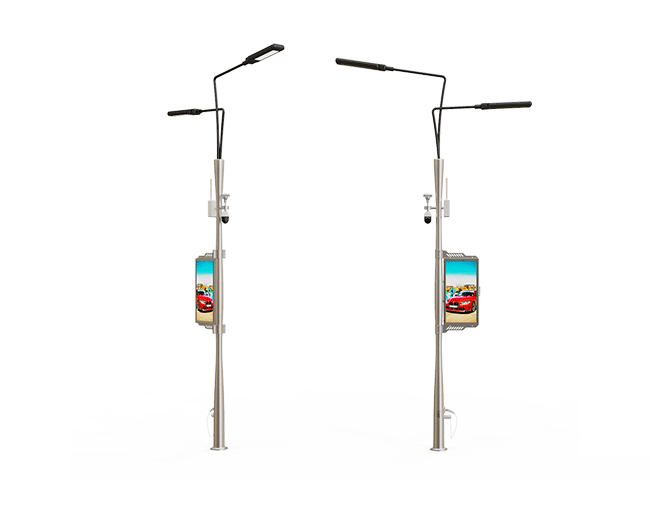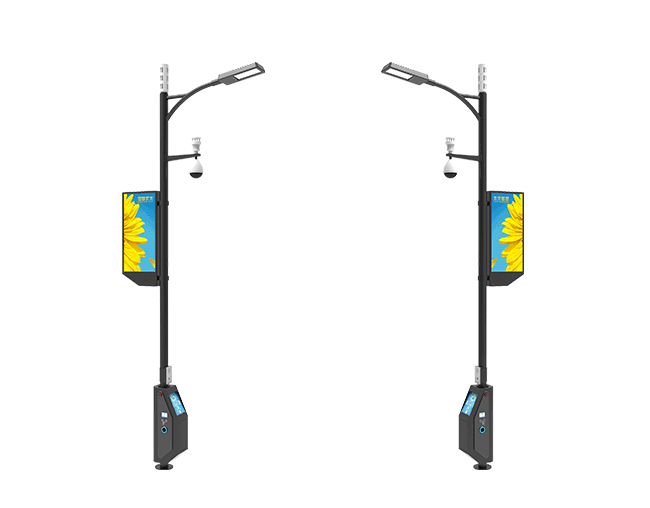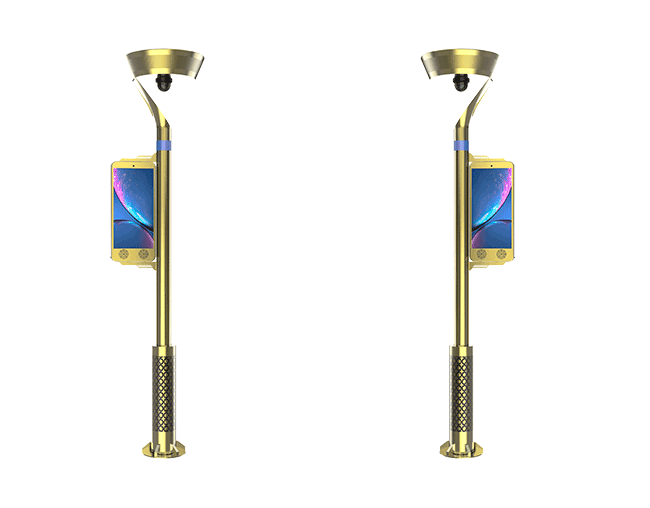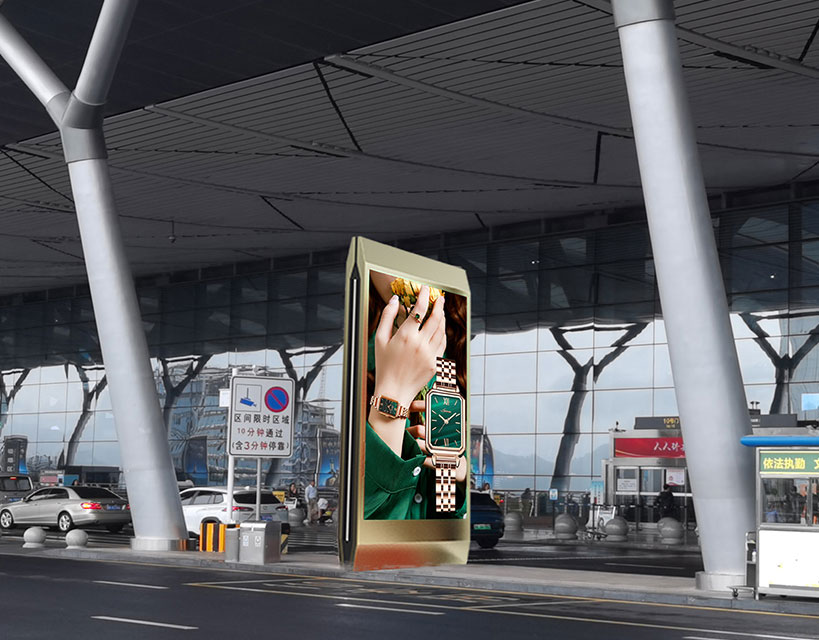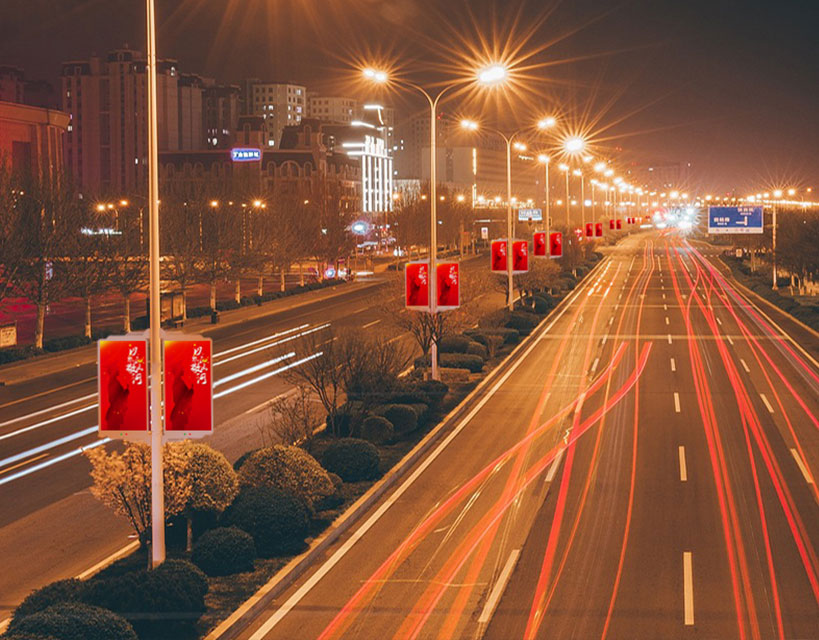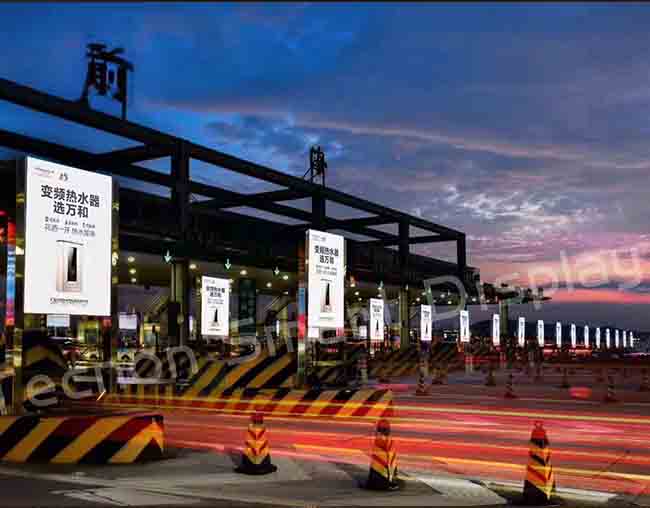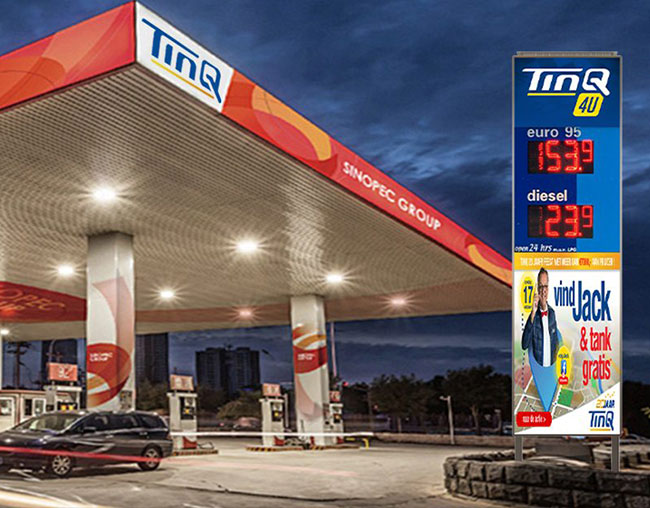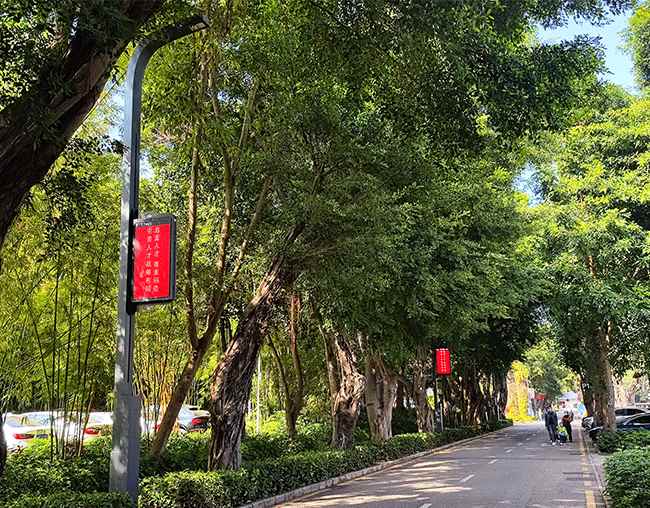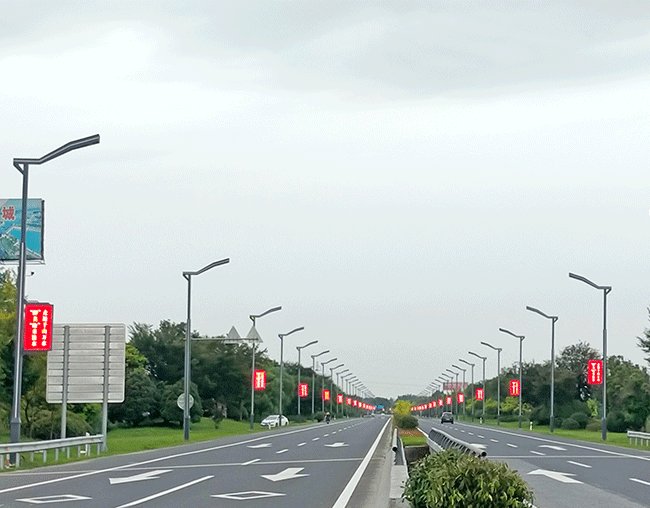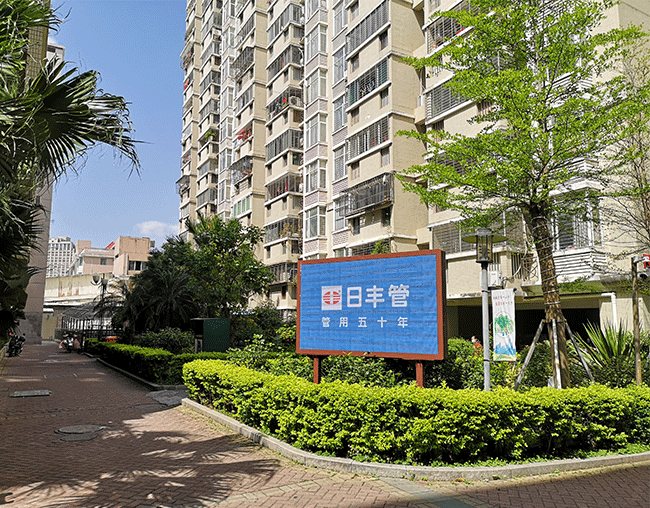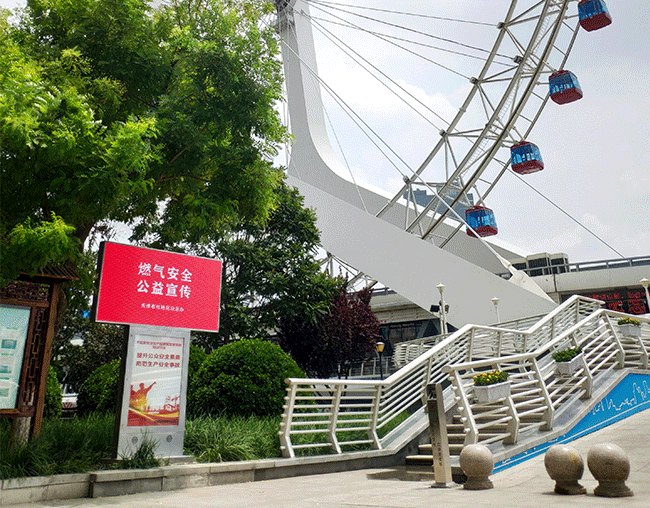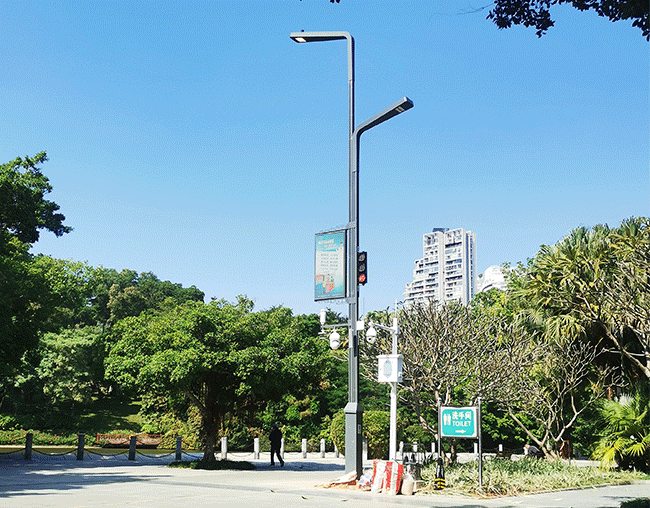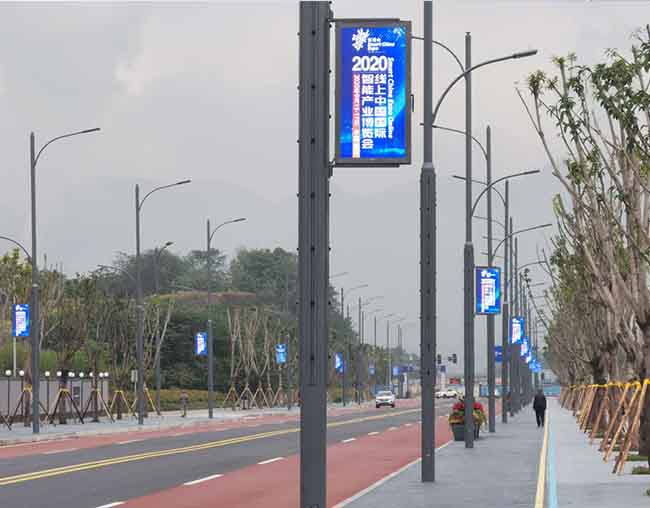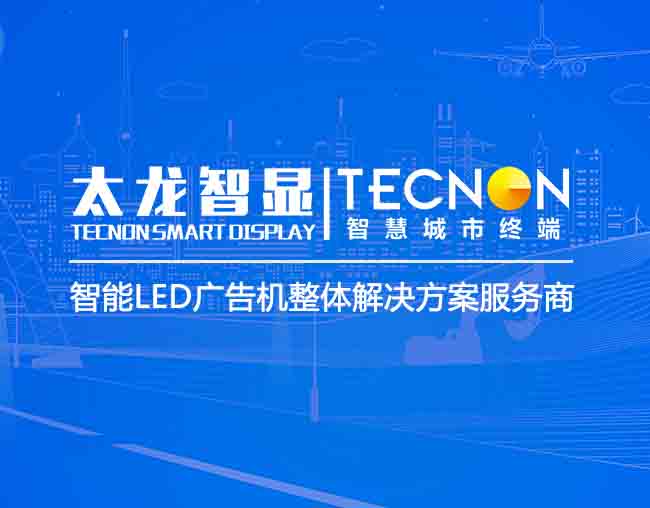Smart light poles light up the future of cities
Recently, five departments in Jiangsu Province jointly issued the "Implementation Plan for Deepening Smart City Development and Promoting Full-Area Digital Transformation of Cities (2025-2027)", which clearly proposed to reconstruct the urban operation system with digital technology and promote urban governance towards full-area and intelligent development. In this blueprint, smart light poles and their core components, LED light pole screens, as representatives of new urban infrastructure, have become the key fulcrum for leveraging urban digital transformation.

Traditional street lamps only have lighting functions, while the smart light pole system planned by Jiangsu Province in the plan upgrades the light poles to "neural nodes" for urban data collection and interaction by integrating technologies such as the Internet of Things, 5G, and artificial intelligence. Each lamp pole is equipped with a multi-functional sensor, LED lamp pole screen and edge computing equipment, which can sense the environmental temperature and humidity, air quality, pedestrian and vehicle flow and other data in real time, and dynamically release traffic guidance, emergency warning, convenience services and other information through the lamp pole screen. For example, in the pilot project of Suzhou Industrial Park, the smart lamp pole equipped with LED lamp pole screen has realized linkage with traffic lights, automatically pushing road condition information during peak hours, and improving road traffic efficiency by 18%.

As the "visual interface" of smart lamp poles, LED lamp pole screens have been given multiple missions in Jiangsu's digital transformation strategy. First, it becomes the "last mile" terminal for urban information release, and synchronizes policy propaganda, disaster warning and other content in real time through the government cloud platform; second, its intelligent interactive system can be connected to government platforms such as "Sufuban", and citizens can handle social security inquiries, appointment registration and other services by scanning the code, truly realizing "service on the street". The 300 LED lamp pole screens deployed in Nanjing Gulou District serve more than 20,000 people per day, and the response speed of public services has increased by 40%. In addition, these screens also support precise advertising, and their revenue feeds back to the construction of smart cities, forming a sustainable operation model.
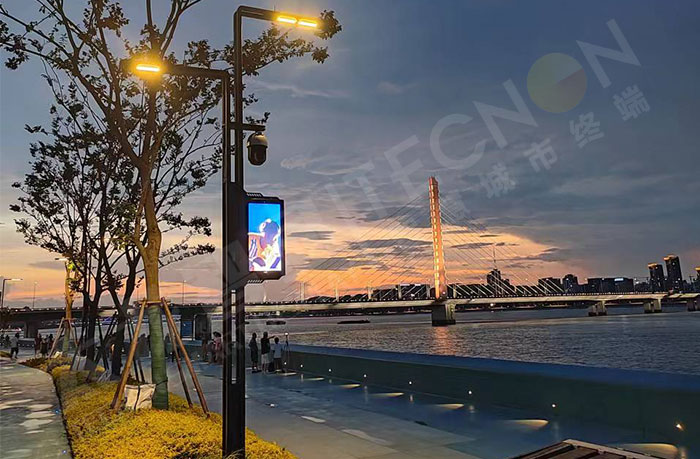
The Jiangsu Provincial Plan emphasizes the construction of a digital base of "integration of air, space and land", and smart light poles are the core carrier of this system. By connecting tens of thousands of light poles across the province to the City Information Model (CIM) platform, Jiangsu is weaving a full-area IoT perception network: in the field of environmental protection, PM2.5 sensors on light poles help generate air quality heat maps in real time; in security scenarios, light poles with integrated cameras and AI algorithms can automatically identify events such as occupying the road for business and fire hazards, and link the urban management platform for disposal. According to statistics, Wuxi City has jumped from 35% to 92% through the smart light pole system, and the disposal time has been shortened by 60%.
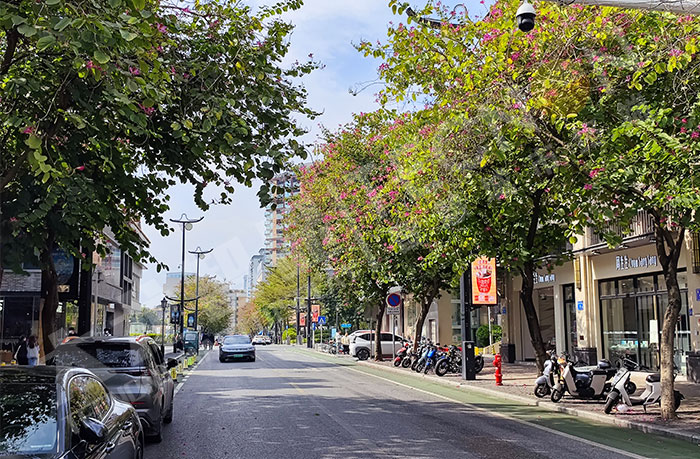
In order to break the industry pain point of "focusing on construction and neglecting operation", Jiangsu simultaneously issued the "Smart Light Pole Construction and Operation and Maintenance Standards", clarifying the requirements for hardware interfaces, data protocols, safety specifications, etc., and promoting cross-regional interconnection of equipment. This move not only reduced the renovation cost by 30%, but also attracted leading companies such as Huawei and Hikvision to form an industrial alliance with local manufacturers. At present, Changzhou has formed a complete industrial chain from LED module production to smart management system development, with an annual output value of over 5 billion yuan, which confirms the driving effect of digital transformation on high-quality economic development.
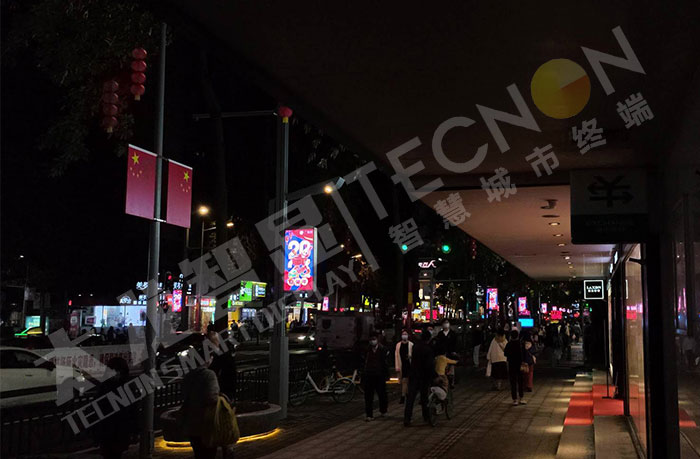
In the critical period of transition from the "14th Five-Year Plan" to the "15th Five-Year Plan", Jiangsu Province is writing a new chapter in the modernization of Chinese cities with smart lamp poles as the starting point. When the glimmer of the LED lamp pole screen is connected into a galaxy, a future city that can perceive, think and have temperature will accelerate its rise on the banks of the Yangtze River.




